Hi I’m a 15 year CFS sufferer with severe GI / neuro problems. I got my second Thryve results recently. They look really quite normal to me and it says I have significant diversity. Is there any help / analysis you could provide to help me narrow down if there’s something actionable? I’m not sure how much capacity you have for that, but it doesn’t hurt to ask.
And unfortunately have been sick for longer. Got sick at age 25 with an infection (low grade fever for months), lost 30 pounds, had vision problems, headaches, fatigue and so on. I was able to work four years in this state but eventually I had much worsening neuro and vision symptoms and was unable to work. I developed POTS a couple years later and at times was using a walker to get to the bathroom and was bedbound. I’ve had some episodes of vision loss that are very strokelike in that they debilitated me cognitively and visually for long afterwards (the vision loss itself resolves after some minutes or hours).
I want to emphasize the visual and cognitive impairment are totally debilitating. I can barely read anything or reliably focus my eyes on anything, and I went from a previously extremely high functioning person to feeling drugged, barely here 24/7. I have severe eye pain all the time.
So I’ve been sick for really my whole adult life, to varying degrees. Primary debilitation is visual and cognitive but I have severe physical fatigue, POTS, am 30 pounds underweight, have been diagnosed with gastroparesis years back I just can’t keep the pounds on. Also it is notable food makes me feel TERRIBLE. Right away I can feel stupid and drugged from it, but also 2-5 hours later is when I ache everywhere and get tired and non-functional. The 2-5 hours I’m presuming is from some dysbiosis but right away is a little more puzzling.
I clearly have such bad digestion that it is not hard to imagine it is perpetuating my brain / eye / POTS symptoms. I’ve tried everything under the sun, mainstream and holistic and nothing that is supposed to help the gut helps. I think fasting gives me some relief but is not practical for someone so underweight.
My first thryve was on January 13, 2020.
My most recent thryve (now ombre) was October 2, 2022.
In between the two times I’ve cycled through several gut protocols, such as taking s boulardii, soil probiotics, bifidobacteria, sourkraut, and polyphenols. Other times I tried a more killing oriented protocol with oregano oil, berberine, and once based on a stool test a prescription antifungal (sporonox). I eat a very restricted diet and seem to react to pretty much every food, but I have cycled through different foods in the last couple years. I’ve tried prebiotics like PHGG and lactulose recently and are finding at least in the short term I am losing weight and have worse neuro symptoms.
My digestion and overall symptoms have not really changed between the two times. ombre says I have a quite high microbial diversity score which is surprising because I have a massive history of antibiotics.
The request
First Look at the sample
Comparing the samples, I see a much lower quality report (2.5) in 2020. It was interesting to see
- Bacteria Over numbers drop despite more bacteria is latest sample
- Bacteria Under numbers grew — which may be due to a better quality of sample (more bacteria)
- Two of my usual measures showed improvement (despite more bacteria) — Outside Lab Range, Outside Box-Plot-Whiskers while the last one showed an increase which was a smaller percentage than the increase of bacteria reported.
- My impression is that objectively he appears better than in 2020.
| Criteria | Jan-20 | Sep-22 |
| Lab Read Quality | 2.5 | 8.5 |
| Bacteria Reported By Lab | 442 | 656 |
| Bacteria Over 99%ile | 10 | 2 |
| Bacteria Over 95%ile | 45 | 10 |
| Bacteria Over 90%ile | 88 | 23 |
| Bacteria Under 10%ile | 54 | 154 |
| Bacteria Under 5%ile | 21 | 94 |
| Bacteria Under 1%ile | 6 | 19 |
| Lab: Thryve | ||
| Rarely Seen 1% | 5 | 7 |
| Rarely Seen 5% | 28 | 37 |
| Pathogens | 32 | 32 |
| Outside Range from JasonH | 6 | 6 |
| Outside Range from Medivere | 16 | 16 |
| Outside Range from Metagenomics | 10 | 10 |
| Outside Range from MyBioma | 13 | 13 |
| Outside Range from Nirvana/CosmosId | 18 | 18 |
| Outside Range from XenoGene | 9 | 9 |
| Outside Lab Range (+/- 1.96SD) | 27 | 5 |
| Outside Box-Plot-Whiskers | 124 | 51 |
| Outside Kaltoft-Møldrup | 183 | 239 |
| Condition Est. Over 99%ile | 0 | 0 |
| Condition Est. Over 95%ile | 1 | 0 |
| Condition Est. Over 90%ile | 4 | 0 |
| Enzymes Over 99%ile | 12 | 190 |
| Enzymes Over 95%ile | 208 | 516 |
| Enzymes Over 90%ile | 457 | 585 |
| Enzymes Under 10%ile | 59 | 265 |
| Enzymes Under 5%ile | 20 | 154 |
| Enzymes Under 1%ile | 2 | 20 |
| Compounds Over 99%ile | 73 | 24 |
| Compounds Over 95%ile | 264 | 101 |
| Compounds Over 90%ile | 368 | 172 |
| Compounds Under 10%ile | 297 | 265 |
| Compounds Under 5%ile | 225 | 223 |
| Compounds Under 1%ile | 62 | 165 |
In terms of bacteria distribution (not “diversity”). we see an abundance of domineering bacteria (90-99) in the earlier sample which flipped to proliferation of weak bacteria (0-9). Have tons of small amounts of bacteria at low levels should result in a good diversity. The over-representation of these nominal bacteria is a concern to me.
His attempts to change was successful. Ideally we can help more change in the desired direction.

Approach
Using PubMed data, nothing stands out and we have a very short list. This simply means that there is not a good match to the conditions reported there. In terms of Dr. Jason Hawrelak Recommendations we are at 89%ile, so generally good. The main items missing the goals by his criteria are: Faecalibacterium prausnitzii, Lactobacillus, Bifidobacerium and Akkermansia.

Given no strong pattern to match against, I will build a consensus from Lab Range, Box-Plot-Whiskers, Kaltoft-Møldrup and Dr. Jason Hawrelak Recommendations

Cross validation to the literature on the above (i.e. seeing if any has been documented to help ME/CFS). Since neurological issues were called out (and I had just done another sample with this recommendation, a few more for Hesperidin)
- Assessment of N-Acetylcysteine as Therapy for Myalgic Encephalomyelitis/Chronic Fatigue Syndrome (NAC ME/CFS)
- Hesperidin
- 8-Week Supplementation of 2S-Hesperidin Modulates Antioxidant and Inflammatory Status after Exercise until Exhaustion in Amateur Cyclists [2021]
- Hesperidin as a Neuroprotective Agent: A Review of Animal and Clinical Evidence [2019]
- The Anti-Depressive Effects of Hesperidin and the Relative Mechanisms Based on the NLRP3 Inflammatory Signaling Pathway [2020]
- Response to vitamin B12 and folic acid in myalgic encephalomyelitis and fibromyalgia. [2015]
- “Promising results are obtained by treatment with Momordica charantia extract, ” News and views in myalgic encephalomyelitis/chronic fatigue syndrome (ME/CFS): The role of co-morbidity and novel treatments [2019]
- Open Trial of Vitamin B12 Nasal Drops in Adults With Myalgic Encephalomyelitis/Chronic Fatigue Syndrome: Comparison of Responders and Non-Responders [2019]
- Randomised clinical trial: high-dose oral thiamine[b1] versus placebo for chronic fatigue in patients with quiescent inflammatory bowel disease. [2021]
- The value of the dehydroepiandrosterone-annexed vitamin C infusion treatment in the clinical control of chronic fatigue syndrome (CFS). I. A Pilot study of the new vitamin C infusion treatment with a volunteer CFS patient [1996]
- Response to vitamin B12 and folic acid[B9] in myalgic encephalomyelitis and fibromyalgia [2015]
So all of the top suggestions appear to have documented benefits for various subsets of ME/CFS. I use the term subsets because, while similar in some symptoms, there may be a lot of differences.
We also have the simplified suggestions (with dosages). This list is intended for the brain fog person.
Looking at this list, we see that he should consider using some of the probiotics he cited in his history: bacillus subtilis, bacillus clausii, bifidobacterium (animalis)lactis, bifidobacterium breve bifidobacterium infantis. We also have 3 lactobacillus which seems to often appear with ME/CFS samples: lactobacillus casei, lactobacillus gasseri and lactobacillus salivarius.
In terms of prebiotics, only chitosan was a positive. Selenium shows up as a strong recommended supplement. See the above download for more details.
Very atypically, KEGG probiotics reports very low recommendation values with E.Coli NOT being on the top of the list. I would keep to the above probiotics and ignore the KEGG list because of the low values.

Going over to the last, experimental, modelled food suggestions, Barley was the sole take. In terms of the consensus report, it’s a toss up with different variation being good to take or to avoid. Checking oats by itself, it’s a significant negative so I would exclude the last item below and suggests barley be considered.

Bottom Line
The top suggestions can all be verified in medical literature as helping ME/CFS and the suggestions are based on this individual’s microbiome — hence patient (and not study group) specific. Hopefully he will try them and in 3-4 months do another sample so we can evaluate the change (for better or worse — I want to learn, not be right).
Because of the weight issue, I would suggest trying Pendulum, the akkermansia probiotic. I noticed that it resulted in weight loss for me and recall that is also reported in the literature.
- Akkermansia muciniphila: A Next-Generation Beneficial Gut Microbe and Its Role in Obesity and Diabetes [2022]
- Akkermansia muciniphila Suppresses High-Fat Diet-Induced Obesity and Related Metabolic Disorders in Beagles [2022]
- Akkermansia muciniphila and Gut Immune System: A Good Friendship That Attenuates Inflammatory Bowel Disease, Obesity, and Diabetes [2022]
Postscript – and Reminder
I am not a licensed medical professional and there are strict laws where I live about “appearing to practice medicine”. I am safe when it is “academic models” and I keep to the language of science, especially statistics. I am not safe when the explanations have possible overtones of advising a patient instead of presenting data to be evaluated by a medical professional before implementing.
I cannot tell people what they should take or not take. I can inform people items that appears to have better odds of improving their microbiome as a results on numeric calculations. I am a trained experienced statistician with appropriate degrees and professional memberships. All suggestions should be reviewed by your medical professional before starting.
I use modelling and various mathematical technique to estimate forecasts when there is no hard data available.




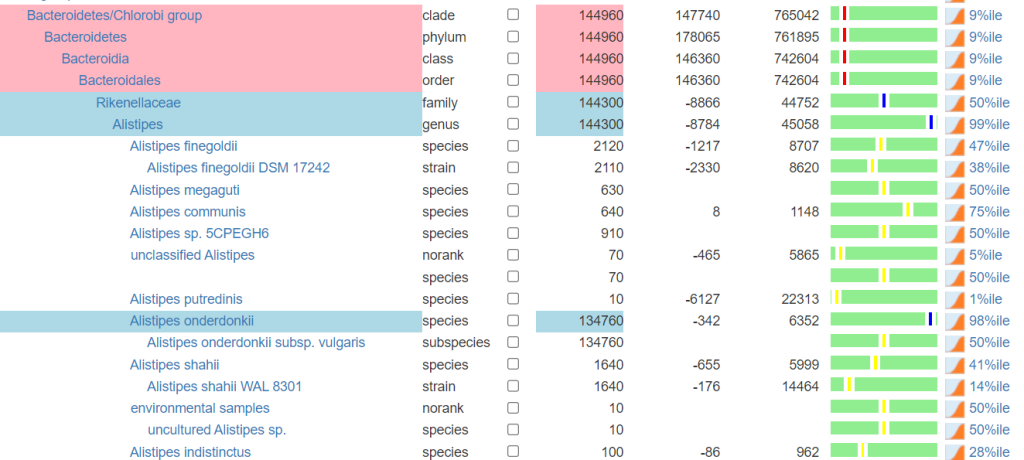





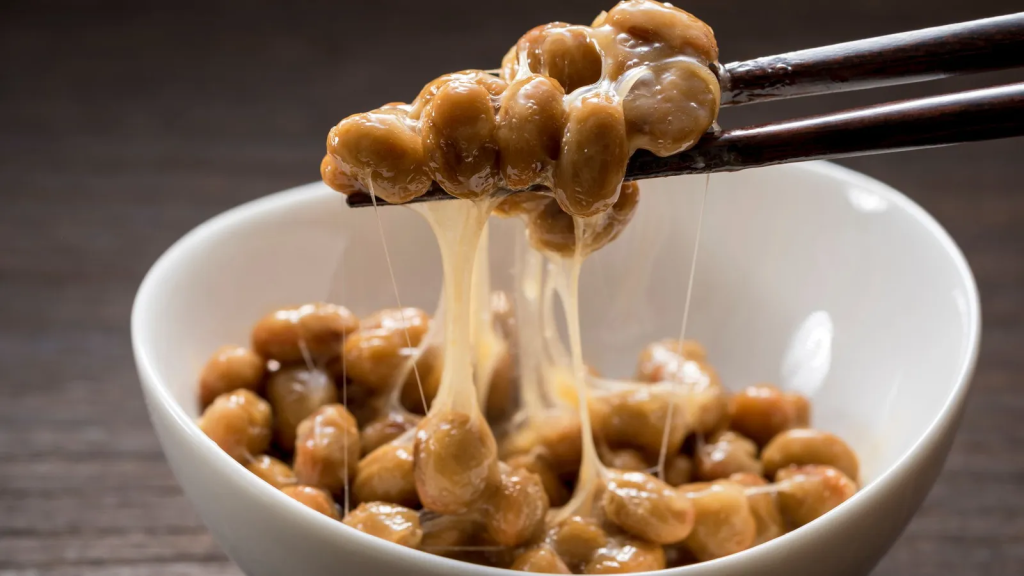
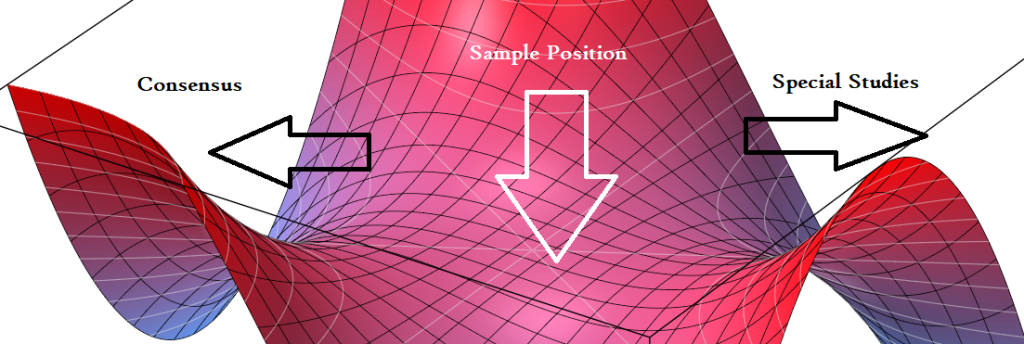
















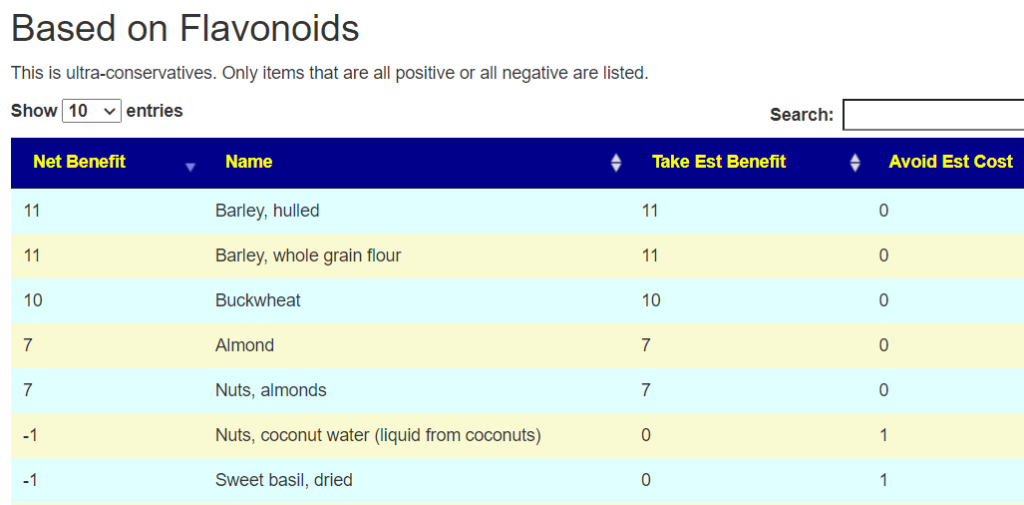
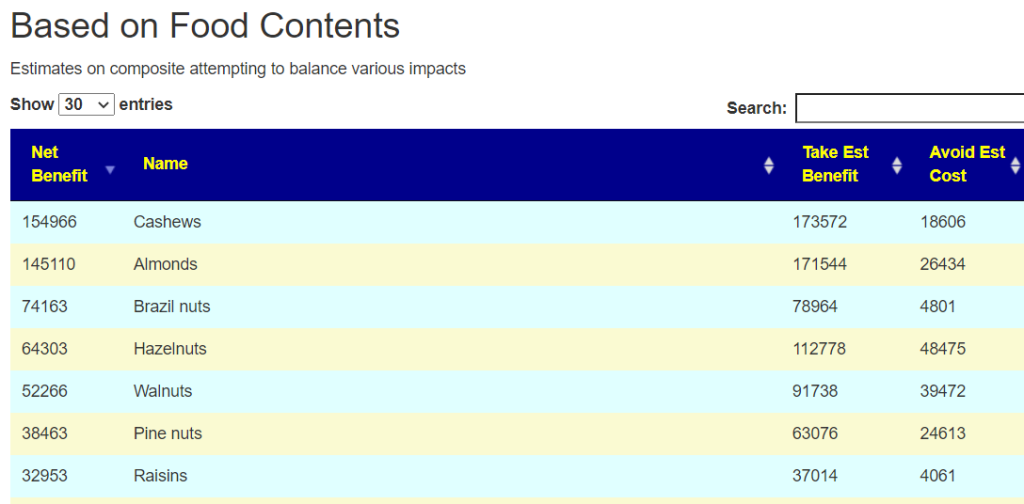

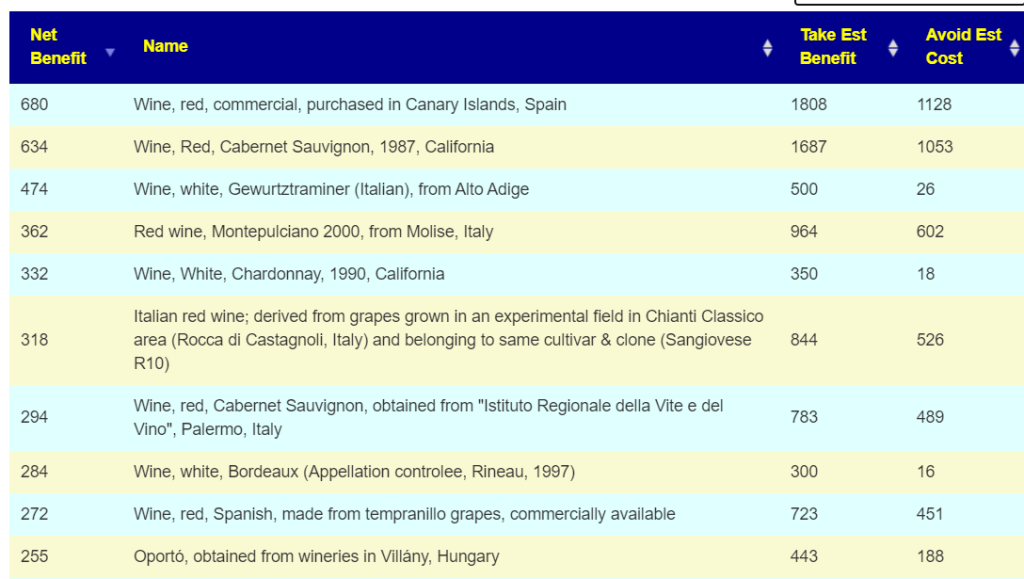


Recent Comments